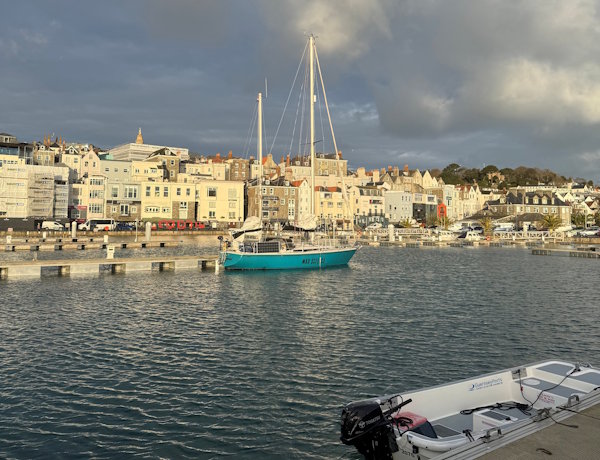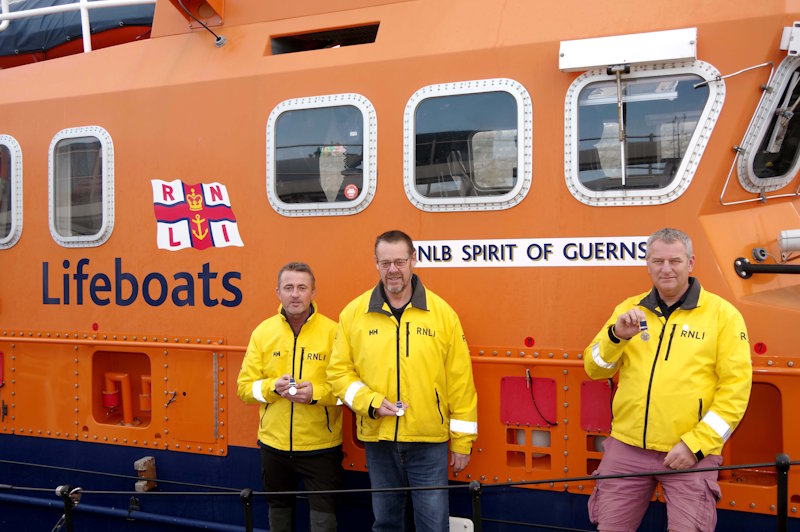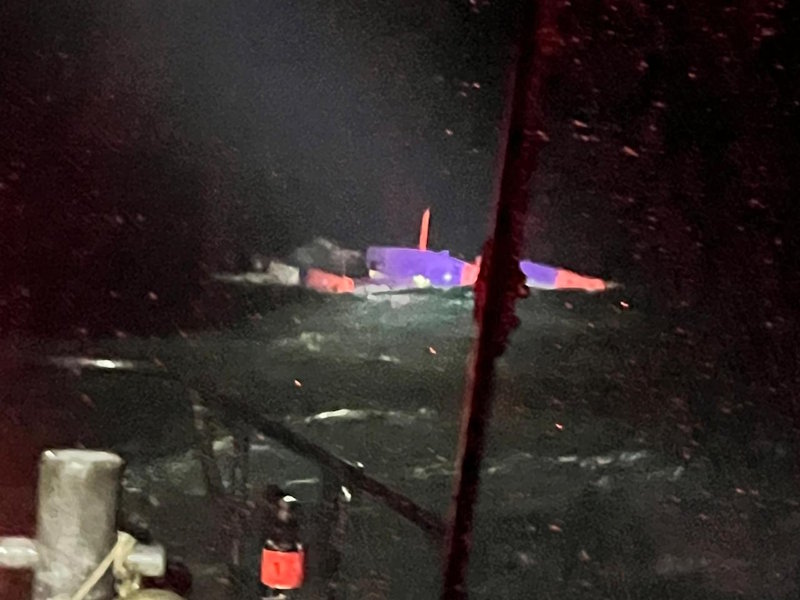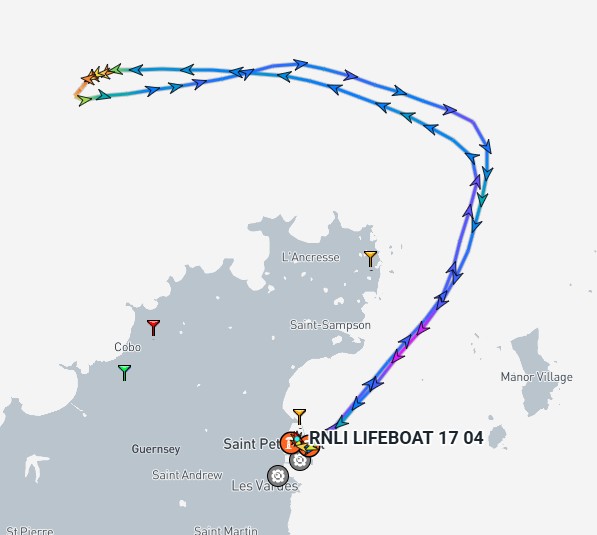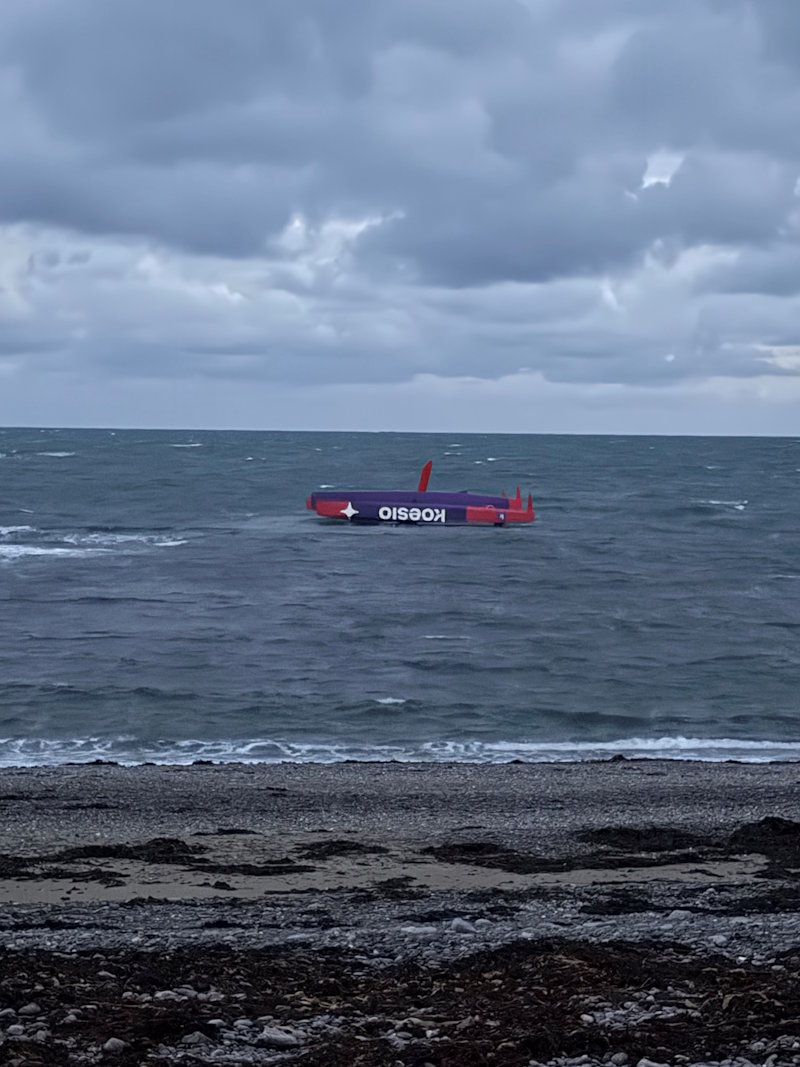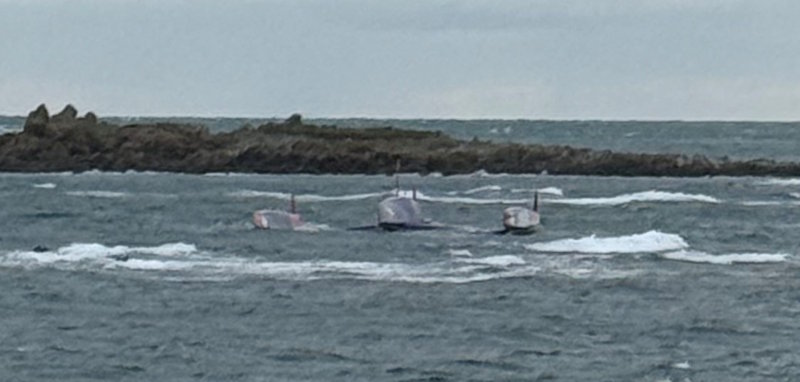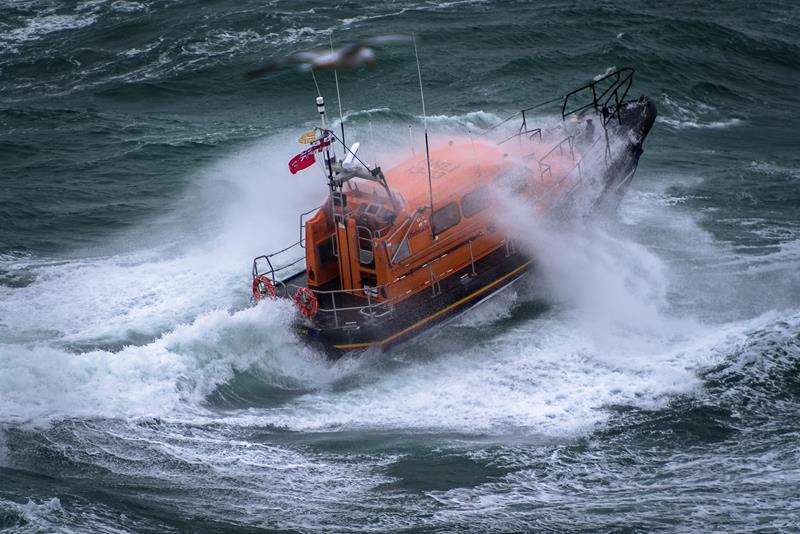At approximately 0440 hrs on Wednesday 07 January, a Dutch yacht en route to Brest issued a distress call approximately 11 nautical miles south of Guernsey. Initial communication was established between the vessel and CROSS Jobourg, the French Maritime Rescue Coordination Centre (MRCC). It was determined that the yacht had suffered a complete power failure and was uncertain of its position.
CROSS Jobourg subsequently transferred coordination to Guernsey Coastguard, who established direct communication with the casualty vessel. The yacht reported three persons on board, all intending to sail to Brest. The vessel had lost all electrical power and was unable to sail. Initial updates indicated that the engine had been restarted and the crew intended to seek shelter in St Peter Port.
Routine communication continued until approximately 0540 hrs, when contact with the vessel was lost. Guernsey Coastguard, in collaboration with Jersey Coastguard, CROSS Jobourg, and other vessels in the vicinity, attempted to re-establish communication without success.
With growing concern for the safety of those on board and no confirmed position, the St Peter Port Lifeboat was paged at 0614 hrs, along with Channel Islands Air Search placed on standby. Despite continued attempts, no radio contact was regained.
At 0632 hrs, the St Peter Port Lifeboat launched. By 0645 hrs, clear of St Martin’s Point, the lifeboat reported detecting a radar target approximately 8 nautical miles south of Guernsey and proceeded to investigate. Channel Islands Air Search remained on standby pending confirmation of the target.
At 0708 hrs, the lifeboat located the casualty vessel at the reported position. Radio communication remained unavailable; however, lifeboat crew established direct contact with the yacht’s crew. At 0825 hrs, the vessel was safely escorted into St Peter Port and handed over to marina staff.
S M Granger
Assistant Harbour Master
